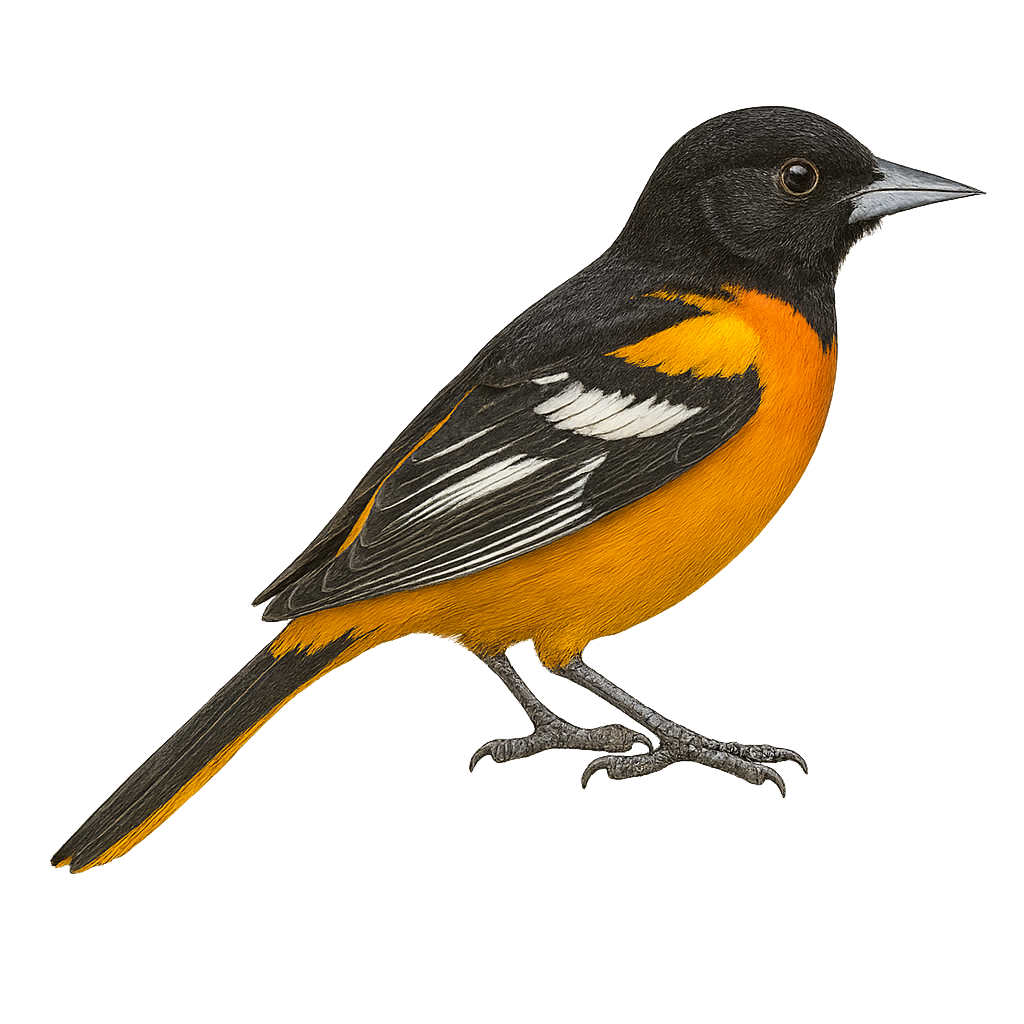Your wildlife photography guide.
Explore the baltimore oriole in detail, study its behavior, prepare your shots.
Where to observe and photograph the baltimore oriole in the wild
Learn where and when to spot the baltimore oriole in the wild, how to identify the species based on distinctive features, and what natural environments it inhabits. The WildlifePhotographer app offers tailored photography tips that reflect the baltimore oriole’s behavior, helping you capture better wildlife images. Explore the full species profile for key information including description, habitat, active periods, and approach techniques.
Baltimore Oriole
Scientific name: Icterus galbula

IUCN Status: Least Concern
Family: ICTERIDAE
Group: Birds
Sensitivity to human approach: Suspicious
Minimum approach distance: 5 m
Courtship display: May to June
Incubation: 12-14 jours
Hatchings: May to July
Habitat:
Open forests, parks, gardens
Activity period :
Primarily active during the day, with peak activity in the morning and late afternoon.
Identification and description:
The Baltimore Oriole, Icterus galbula, is a medium-sized songbird known for its striking plumage. The male boasts vibrant colors with a bright orange body and black wings, while the female is more subdued with shades of yellow and brown. This bird is often seen in open forests, parks, and gardens across North America, feeding mainly on insects, fruits, and nectar. Its melodious song is a distinctive feature of its presence. A migratory species, it winters in Central and South America. The Baltimore Oriole plays a crucial role in pollination and insect population control.
Recommended lens:
400 mm – adjust based on distance, desired framing (portrait or habitat), and approach conditions.
Photography tips:
To photograph the Baltimore Oriole, choose sunny mornings when natural light highlights its vibrant colors. Use a 400mm lens or longer to capture details without disturbing the bird. Be patient and discreet, as this bird can be suspicious. Look for it in fruit trees or near feeders. A tripod can be helpful to stabilize your camera and achieve sharp images.
The WildlifePhotographer App is coming soon!
Be the first to explore the best nature spots, track rutting seasons, log your observations, and observe more wildlife.
Already 1 432 wildlife lovers subscribed worldwide

